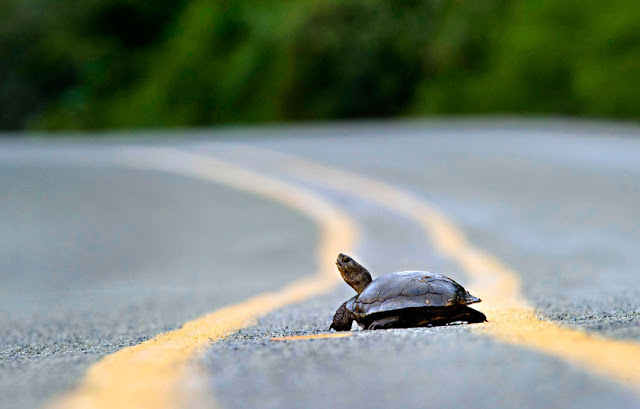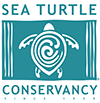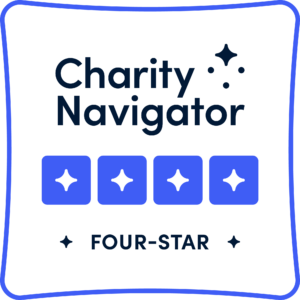Español
Research and monitoring of sea turtles in Tortuguero, Costa Rica was initiated in the 1950´s by legendary sea turtle researcher Dr Archie Carr. Dr Carr continued his work in Tortuguero until his passing away in 1987 and the Sea Turtle Conservancy continues to conduct annual programs at the site, making it the longest ongoing sea turtle conservation and monitoring program in the world.
Application Information for Research Assistant Positions
- RA positions are voluntary and selected RAs are expected to plan and finance their own travel to and from Tortuguero.
- Selected RAs will receive at no cost to them while at the STC Tortuguero Field Station for the duration of their time working:
- Three hot meals and lodging
- Room cleaning and laundry services
- Internet (slow) access
- Proper training and permits to work on the beach
Although there are no strict requirements, good knowledge of English and Spanish, education in biology or related fields, previous fieldwork experience in the tropics, experience working/living in multicultural environments, experience working/living in isolated locations for extended periods, previous experience in environmental education and availability for the entire period of the program greatly improve your chances of being selected for a position.
STC Alumni RAs have gone on to work for conservation organizations, universities and government agencies worldwide.
Applications for RA positions must include the following materials:
1. Application Form for the Leatherback or Green Turtle Program (download below);
2. A cover letter explaining why you are interested in the Research Assistant position, details of any relevant experiences and a statement of your level of proficiency in English and Spanish (either a formal qualification or an indication of your written/oral comprehension);
3. A CV or resume with pertinent information; and
4. Name and email contact of three professional references.
Completed materials should be emailed to Dr. Roldan Valverde at roldan@conserveturtles.org
All application materials must be received at our office before or on the deadline listed for each program. Short-listed candidates will be contacted within four weeks of the application deadline. Please do not phone or e-mail to inquire about the status of your application.
Applicants that do not supply all requested materials will not be considered.
2023 Leatherback Program Research Assistant Position Information:
Project description: Conservation and monitoring of critically endangered leatherback turtles
Location: STC Field Station, Tortuguero, Costa Rica
Dates:
Group 1: April 1 – May 10, 2023
Group 2: May 6 – June 30, 2023
Application Deadline: January 15, 2023
Project summary:
Research and monitoring of sea turtles in Tortuguero, Costa Rica was initiated in the 1950´s by legendary sea turtle researcher Dr Archie Carr. Dr Carr continued his work in Tortuguero until his passing away in 1987 and the Sea Turtle Conservancy (STC) still continues the project making it the longest ongoing sea turtle conservation and monitoring program in the world. In 1995, the STC began the Leatherback Program to study the area’s little known Leatherbacks (Dermochelys coriacea). Each year from March – June the STC research team collects information about this vulnerable species. STC works closely with Costa Rican authorities, the Tortuguero community and other leatherback nesting beach monitoring groups. Information collected during the annual Leatherback Program plays a key role in developing effective management strategies for sea turtles in the area.
Work description:
Two research assistants (RAs) will be trained in sea turtle monitoring techniques by, and work under the supervision of, the STC Field Research Coordinator. The RA team will be made up of individuals from several countries from around the world, with an emphasis on Latin America and the Caribbean. Emphasis of the work conducted by RAs will be placed on increasing hatchling production. As such, the RAs main responsibilities will include nest translocation, monitoring and excavation. Track surveys will also be conducted to assess nesting activity.
Leatherback monitoring is carried out along 8 km (=5 miles) of nesting beach. Work activities include conducting morning surveys walking on soft sand and excellent physical condition is a requirement for the RA positions. RAs should expect to work from very early morning hours translocating nests to safe sites.
In addition to monitoring work, RAs are also responsible for working with the STC Education and Outreach Coordinator to develop and participate in various educational and awareness activities in the community of Tortuguero, and be required to assist in the STC Visitor Center to provide information about the work of STC to members of the public.
Leatherback Turtle RA Application 
Leatherback Turtle RA Application (Word doc)
2022 Green Turtle Program Research Assistant Position Information:
Project description: Conservation and monitoring of critically endangered green turtles
Location: STC Field Station, Tortuguero, Costa Rica
Dates:
Group 1: June 7 – August 20, 2023
Group 2: August 14 – November 1, 2023
These are hard dates and will not be changed. Please do not apply if your availability does not match dates for either group.
Application Deadline: March 13, 2023
Project summary:
Research and monitoring of sea turtles in Tortuguero, Costa Rica was initiated in the 1950´s by legendary sea turtle researcher Dr Archie Carr. Dr Carr continued his work in Tortuguero until his passing away in 1987 and each year from June – November Sea Turtle Conservancy (STC) conducts the Green Turtle Program, continuing the work started by Dr Carr. STC works closely with Costa Rican authorities, the Tortuguero community and other sea turtle conservation organizations in the country. Information collected during the annual Green Turtle Program plays a key role in developing effective management strategies for sea turtles in the area.
Work description:
A total of 16 research assistants (RAs) will be trained in sea turtle monitoring techniques by, and work under the supervision of, the STC Field Coordinators. The season is divided into two time periods, June – August and August – November, with eight RAs in each time period. The RA team will be made up of individuals from several countries from around the world, with emphasis on Latin America and the Caribbean. The primary responsibilities of the RAs will include nightly tagging patrols, morning track surveys, nest monitoring and excavation. RAs are responsible for tagging nesting turtles, collecting biometric data from females, recording nesting activity during track surveys, and other pertinent data collection.
Monitoring activities during the Green Turtle Program are carried out along 8 km (5 miles) of nesting beach. RAs can expect to work very long hours, throughout the day and night, often with little sleep. Beach patrols require walking many kilometers in extremely soft sand and in very extreme weather conditions; therefore an excellent physical condition is a requirement for the RA positions.
RAs are also involved in training short-term paying volunteers in all aspects of the monitoring protocol and supervising volunteer groups during beach patrols. The RAs will also be required to develop and participate in various environmental awareness and educational activities with members of the Tortuguero community, and to assist in the STC Visitor Center to provide information about the work of STC to members of the public.
Green Turtle RA Application 
Green Turtle RA Application (Word doc)

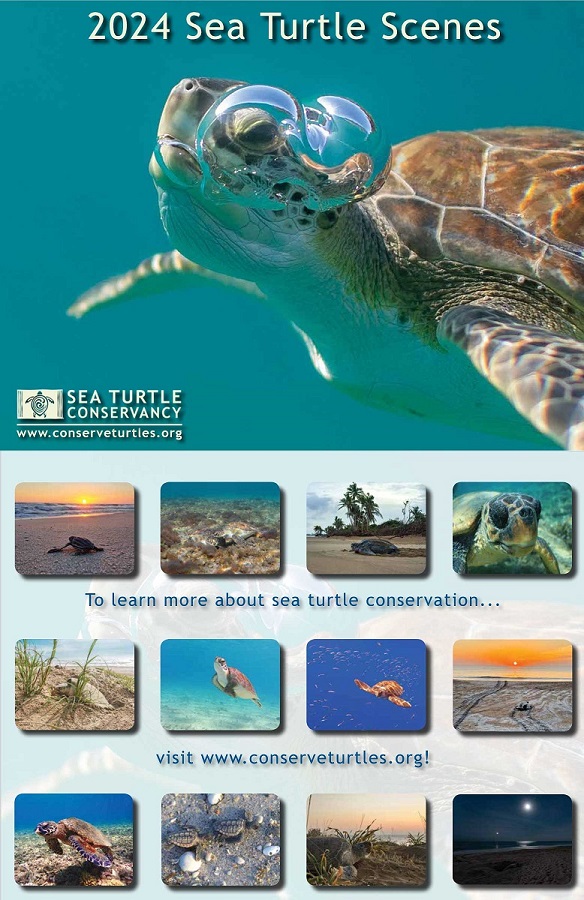 Calling all photographers! Sea Turtle Conservancy (STC) is looking for talented photographers (amateur or professional) for our annual Sea Turtle Calendar Contest! The
Calling all photographers! Sea Turtle Conservancy (STC) is looking for talented photographers (amateur or professional) for our annual Sea Turtle Calendar Contest! The 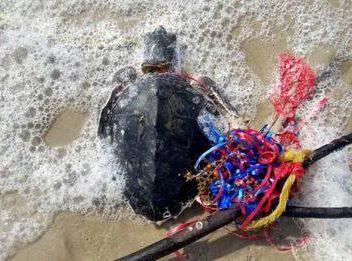

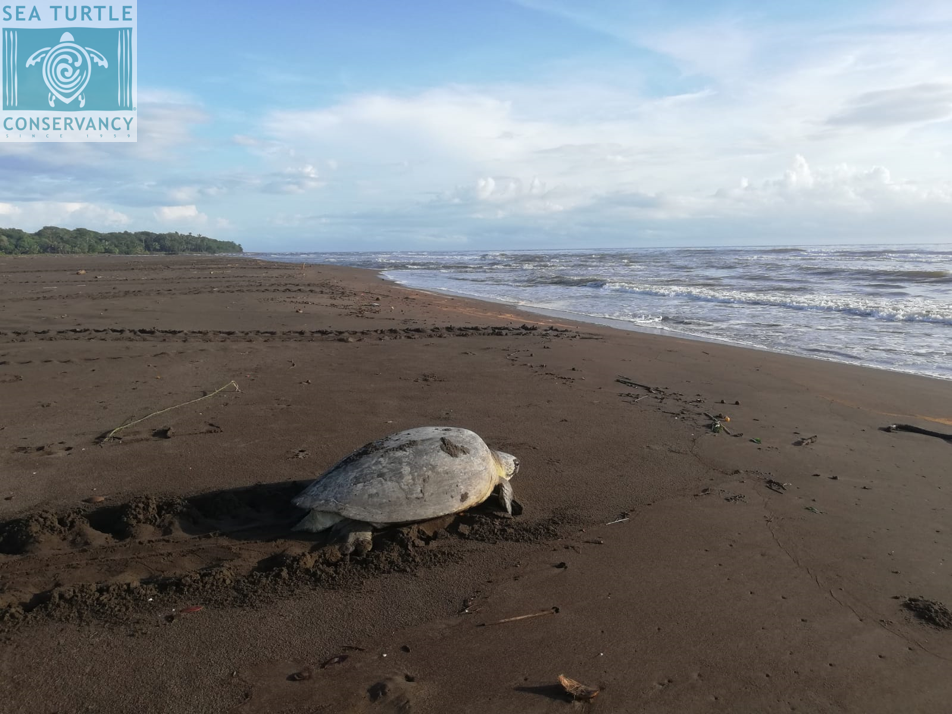
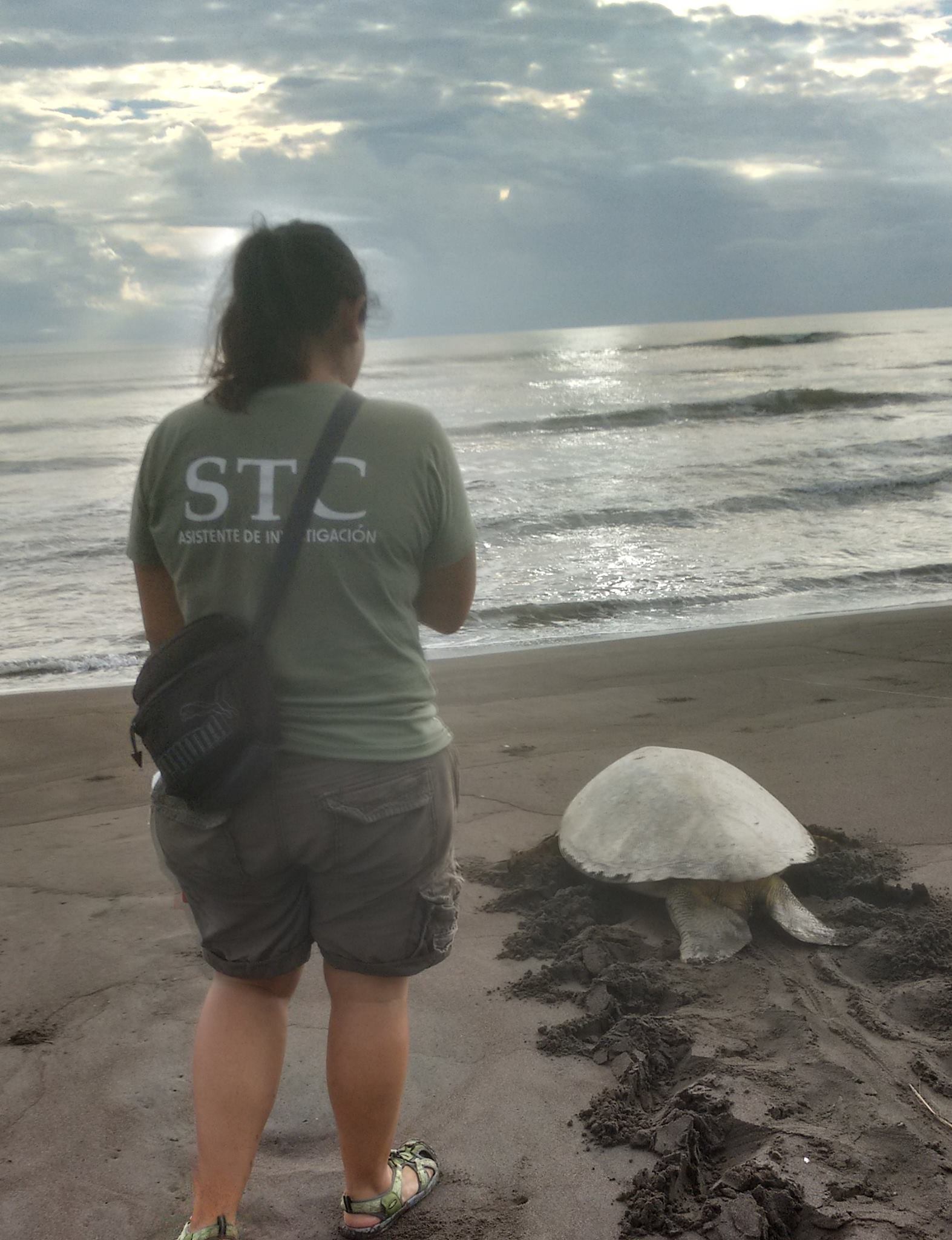

 Lisa came into the world in Naperville, IL, on August 17, 1968. A serious heart condition, later diagnosed as severe tetralogy of fallot, necessitated her immediate transfer to Children’s Memorial Hospital (now Lurie Children’s) in downtown Chicago. The Democratic Convention began there nine days later, and chaotic demonstrations erupted on the streets. Mom recalled vividly the smell of tear gas and protestors pounding on the car as she drove to get to Lisa’s bedside. It was a most colorful start for our brave sister, our family’s youngest.
Lisa came into the world in Naperville, IL, on August 17, 1968. A serious heart condition, later diagnosed as severe tetralogy of fallot, necessitated her immediate transfer to Children’s Memorial Hospital (now Lurie Children’s) in downtown Chicago. The Democratic Convention began there nine days later, and chaotic demonstrations erupted on the streets. Mom recalled vividly the smell of tear gas and protestors pounding on the car as she drove to get to Lisa’s bedside. It was a most colorful start for our brave sister, our family’s youngest.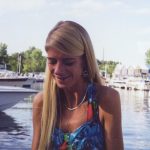 The challenges of living with a chronic pediatric disease so rare that adult medicine was ill-equipped to treat it required Lisa to receive care and surgical support from pediatric physicians throughout her lifetime. Florida’s climate was far gentler on Lisa’s health than Minnesota, where we grew up; she moved to Ft. Lauderdale in the 1990s and ultimately relocated to Ft. Myers, where she put down roots. There, Lisa became acquainted with STC, and a passion for sea turtles began. It brought her great joy to support STC, and to
The challenges of living with a chronic pediatric disease so rare that adult medicine was ill-equipped to treat it required Lisa to receive care and surgical support from pediatric physicians throughout her lifetime. Florida’s climate was far gentler on Lisa’s health than Minnesota, where we grew up; she moved to Ft. Lauderdale in the 1990s and ultimately relocated to Ft. Myers, where she put down roots. There, Lisa became acquainted with STC, and a passion for sea turtles began. It brought her great joy to support STC, and to 

 Since 2015, fundraising centers on
Since 2015, fundraising centers on 








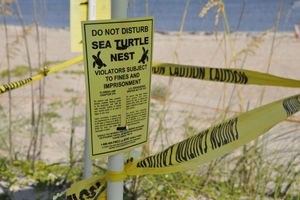 Sandcastles: knock them down! The flatter the beaches are, the easier it will be for nesting sea turtles and hatchlings to safely make it to and from the water. We know you worked very hard on your masterpiece and are sorry to see it go, but the turtles appreciate it.
Sandcastles: knock them down! The flatter the beaches are, the easier it will be for nesting sea turtles and hatchlings to safely make it to and from the water. We know you worked very hard on your masterpiece and are sorry to see it go, but the turtles appreciate it.





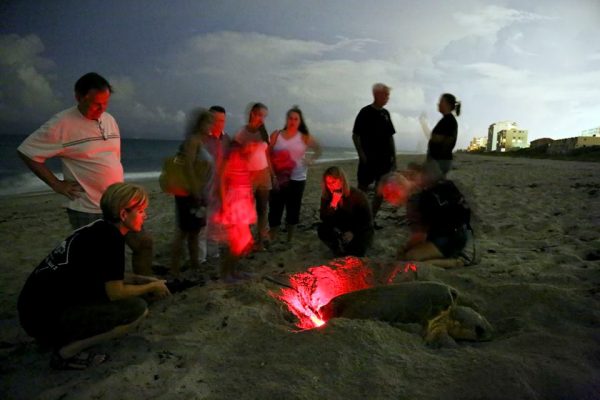



 The mining of metals for cell phones and other electronics is the #1 cause of toxic pollution in the United States.
The mining of metals for cell phones and other electronics is the #1 cause of toxic pollution in the United States.



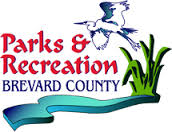
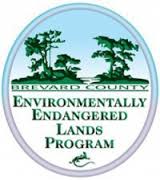

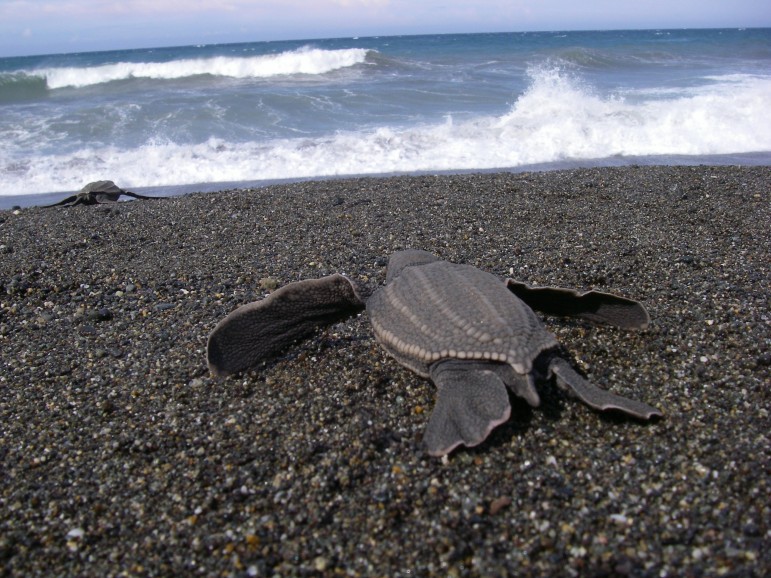

 2. Visit a national wildlife refuge, park or other open space
2. Visit a national wildlife refuge, park or other open space hazardous pollutants that affect wildlife at many levels. Many herbicides and pesticides take a long time to degrade and build up in soil and throughout the food chain. For alternatives to pesticides, visit
hazardous pollutants that affect wildlife at many levels. Many herbicides and pesticides take a long time to degrade and build up in soil and throughout the food chain. For alternatives to pesticides, visit 